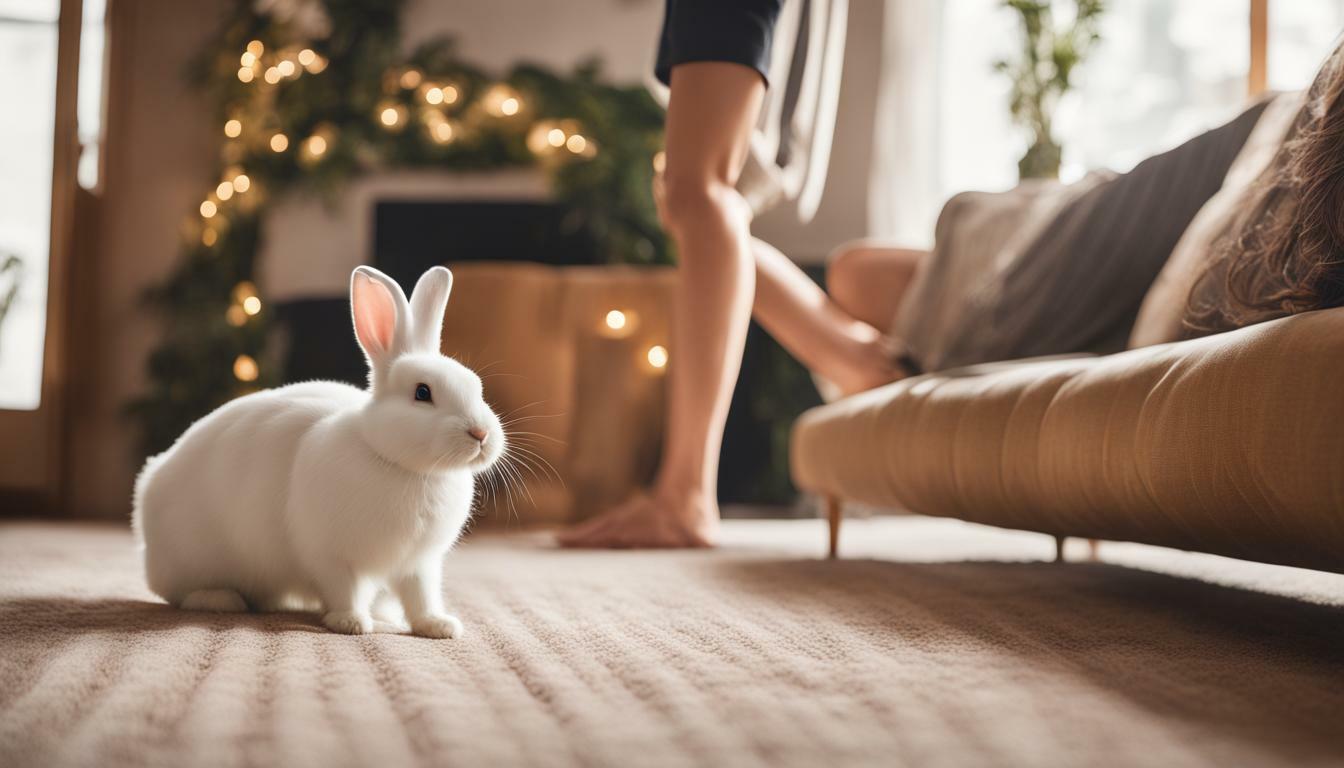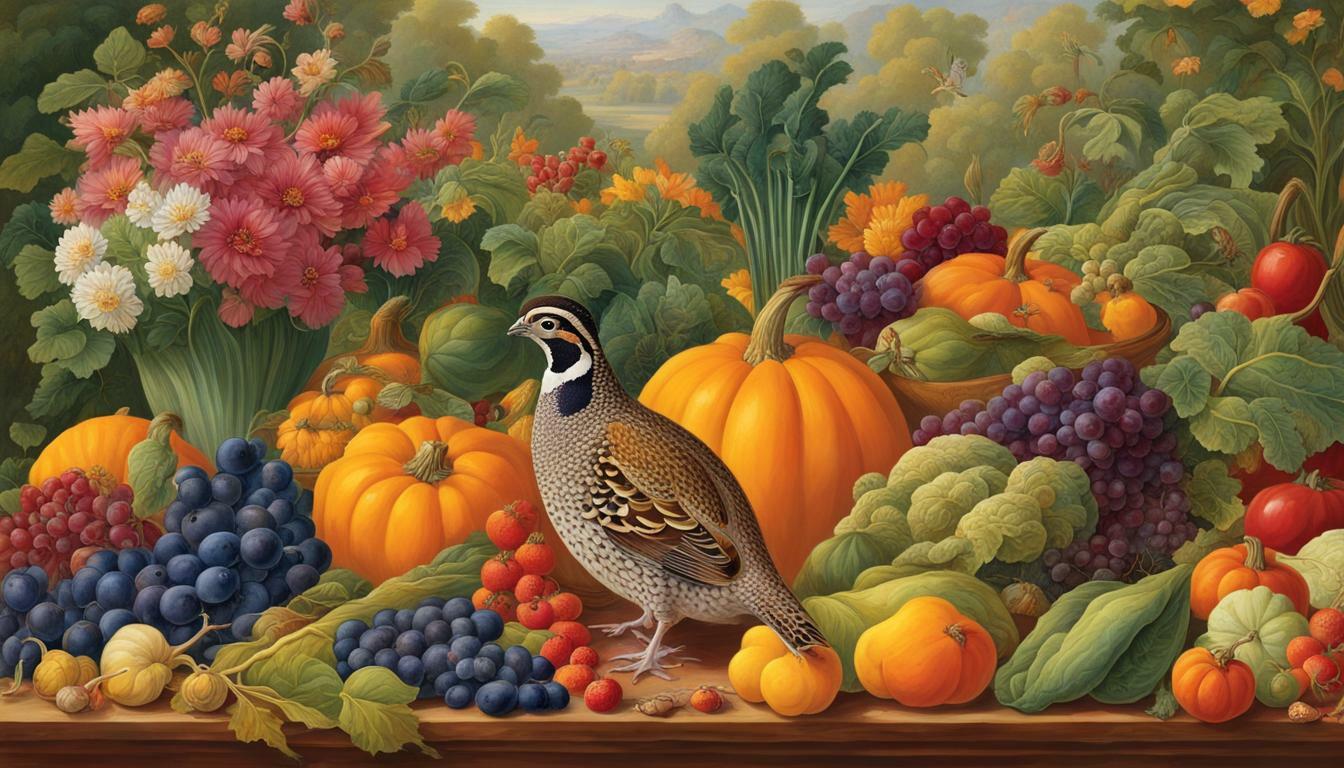How to Catch a Parrot? Your Comprehensive Guide

Table of content:
- What is the Best Way to Catch a Parrot?
- How Do You Lure a Parrot into a Cage?
- What Food Should I Use to Catch a Parrot?
- How Can I Catch a Lost Parrot?
- What Type of Cage Should I Use to Catch a Parrot?
- How Do I Set a Trap to Catch a Parrot?
- What Safety Precautions Should I Take When Catching a Parrot?
- Should I Wear Gloves When Trying to Catch a Parrot?
- Is it Easy to Catch a Parrot with a Net?
- Where is the Best Place to Set a Trap for a Parrot?
- Final Thoughts
Catching a parrot can be a challenging task, but with the right preparation and tools, you can safely capture a parrot that has escaped or become lost. Here are some tips on the best methods for catching a parrot.
What is the Best Way to Catch a Parrot?
The best way to catch a parrot is to lure it into a cage or enclosed space using food and toys. Parrots are highly food-motivated, so placing their favorite treats like millet spray, nuts, fruit, and seed mixes in or near a cage can entice them to enter. You can also try hanging a treat-filled toy inside the cage to grab their attention. Move slowly and talk softly when approaching the cage area. Once the parrot goes inside to eat, quickly but gently close the cage door.
A large cage or aviary with a locking door and sturdy construction is ideal for capturing escaped parrots. Look for durable metal wiring spaced close enough that the parrot cannot squeeze through. Have the cage ready and placed in an area the parrot frequents, such as a tree or landing spot on your home. This method may take patience over several days, but food rewards inside the cage can eventually work to trap the parrot.
How Do You Lure a Parrot into a Cage?
To lure a parrot into a cage, use enticing foods they naturally crave and enjoy. Good options are:
- Millet spray – The small seeds are a favorite treat of many parrots. Hang spray inside cage.
- Chopped fruits and veggies – Try apple, oranges, beans, carrots. Place in food bowls.
- Nuts like peanuts, almonds, cashews – Whole or chopped nuts add healthy fats.
- Seed mix – Look for a Fortified or Premium blend. Spread on cage floor.
- Nut butter – A dollop of peanut butter, almond butter, etc goes a long way. Apply to perches.
In addition to food, also try placing some of the parrot’s favorite toys and mirrors in the cage to capture their attention and curiosity. Stand back and wait for the parrot to investigate and enter drawn in by the sights and smells. Slow movements and quiet behavior will improve your results when trying to lure a parrot into a cage or enclosed space.
What Food Should I Use to Catch a Parrot?
Using enticing food items is key to lure a parrot into a cage or enclosed space for catching. Some of the best bait foods to use are:
- Millet spray – The small, dry millet seeds are nutritious and most parrots relish the taste. The spray arrangement is perfect for hanging inside a cage to attract a parrot.
- Chopped fruits/veggies – Sweet fruits like apples, oranges, berries or nutrient-dense veggies like carrots and beans appeal to parrots. Chop the produce into small pieces and scatter in cage.
- Nuts – Offer whole or chopped nuts like almonds, cashews, Brazil nuts or walnuts. Nuts provide healthy fats.
- Seeds – Use a Premium or Fortified parrot seed mix and spread it on the cage floor as an enticement.
- Nut butter – Smear a bit of peanut, almond or other nut butter on cage perches. Many parrots cannot resist nut butter.
- Parrot pellet food – For tamer birds, place their regular pellet food in the cage to appeal to their daily feeding routine.
Use food that you know a particular parrot favors. Offer 2-3 choices initially and monitor which item seems most alluring to use going forward.
How Can I Catch a Lost Parrot?
If a parrot escapes and becomes lost outdoors, recapturing it takes patience and a gentle approach. Here are some tips:
- Set up a cage or large enclosed space in an area the parrot frequents – near trees, fences or ledges they land on. Bait with favorite foods inside.
- Sit quietly and observe from afar until the parrot goes in cage to eat. Then carefully approach and close/latch door.
- If possible, hang favorite toys from branches or fences to divert the parrot closer to the waiting cage or net below.
- A net on an extendable pole can also work, but avoid overly chasing/stressing the parrot. Wait for close range moments and be prepared to quickly cover cage.
- If catching by hand, always wear thick gloves to protect from bites and claws. Approach slowly, gently grasp feet first, then gain control of body.
- Try to catch when the parrot is hungry or distracted and less likely to be startled into hasty flight. Early morning or near sunset can be good times.
- Set up floodlights or spotlights to illuminate the area at night. Lost parrots may vocalize when it’s dark, allowing you to track and catch.
Remaining calm and moving slowly are key in recapturing an escaped parrot. Lure and bait with enticing food rewards but avoid excess stress to the bird during capture.
What Type of Cage Should I Use to Catch a Parrot?
Using an appropriately sized and constructed cage will make catching an escaped parrot much easier. Look for these ideal features in a catch cage for parrots:
- Large – Get the biggest cage possible, the more room the better to entice a parrot to enter. Minimum 30-inch width is recommended.
- Metal wiring – Durable steel wiring with spacing less than 1/2 to 3/4-inches to prevent escapes. Required for larger parrots especially.
- Perches and dishes – Natural wood perches and food bowls attract parrots. Multiple perches at different heights are best.
- Locking door – A secure door latch you can quickly close once parrot is inside is essential. Some offer slide locks or carabiners.
- Portability – Large wheels, rolling stand, or collapsible design helps get cage in ideal spot. Lightweight is a plus.
- Landing area – A top-opening cage with a landing zone surrounding the food entry area will help capture parrots.
Place perches nearby and partially cover the cage to make it appealing. Sit quietly away from the cage and wait for the parrot to investigate and eat. Then carefully approach and securely close the door when it enters.
How Do I Set a Trap to Catch a Parrot?
If a lost parrot is remaining elusive, setting a controlled trap can help capture it. Follow these tips:
- Get a large cage or aviary with small bar spacing, perches, and a locking door.
- Bait the inside with plenty of the parrot’s favorite foods like nuts, fruit, pellets, seeds, millet spray.
- Prop the door open with a stick tied to a string. Sit far away holding the string taught.
- When parrot goes inside to eat, slowly pull string to dislodge stick, allowing door to close.
- For more stealth, connect a silent pulley release to the stick/string that can be triggered from a distance.
- Place trap cage in a quiet, shaded area the parrot frequents and remain patient. Avoid scaring it off.
- Alternately string up a net in a tree/ledge area, then pull it closed around the parrot when it lands. Wear gloves to handle.
- Set traps at dawn or dusk when parrots are hungriest and less cautious. But keep observation going all day.
With the right bait, cage setup, timing and quiet approach you can successfully trap an escaped parrot. Check local regulations first and avoid harming the bird during capture.
What Safety Precautions Should I Take When Catching a Parrot?
Catching a parrot carries some safety risks from bites, scratches and claws. Here are precautions to take:
- Wear a long sleeve shirt, pants, gloves and eye protection when handling a parrot.
- Limit interaction to only what’s necessary to transfer to a secure cage.
- Expect the parrot to bite or claw. Keep hands clear of beaks and hold body gently but firmly.
- Have a partner help if possible – one person lures while the other captures.
- Never grab just the tail or a single wing. Support the bird’s whole body.
- Use thick leather welding gloves for protection from sharp claws and to avoid bites.
- Move slowly and gently when capturing. Avoid squeezing or sudden motions that could injure.
- Have antibiotic ointment and first aid supplies on hand to treat any minor wounds.
- Disinfect any breaks in skin with antiseptic wash to avoid infection. Seek medical care if severe.
- Check the parrot for any sustained injuries after capture and treat accordingly.
Proper preparation and protective gear will help make parrot capture safe for both bird and handler. Stay vigilant of claws and beak when handling.
Should I Wear Gloves When Trying to Catch a Parrot?
Yes, wearing protective gloves when trying to catch a parrot is highly recommended. A parrot’s sharp claws and powerful hooked beak can inflict bites and scratches through clothing and skin. Thick, leather gloves provide the best protection.
Gloves safeguard your hands when you need to grasp or guide a parrot’s body during capture and transfer to a cage or enclosure. Even tame parrots may bite or scratch when frightened during the catching process.
Heavy leather gloves that extend past the wrist are ideal for parrot catching and handling. Look for welder’s gloves or cowboy gauntlets. Leather is too tough for parrots to easily bite through.
If leather gloves are not available, garden gloves or rubber gloves layered under winter gloves can work. Avoid fabric knit gloves that provide minimal protection.
In addition to gloves, also wear long sleeves, pants and eye protection when capturing parrots in case of clawing kicks. Take precautions, but handle the parrot gently to avoid undue stress. The gloves provide defense for better control and safety.
Is it Easy to Catch a Parrot with a Net?
Catching a parrot with a net often appears easier than it actually is. While nets can sometimes be handy for capturing escaped parrots, they have limitations:
- Parrots are agile fliers and can evade nets with relative ease. It’s challenging to swing a net quickly and accurately enough.
- Heavy netting required to trap large parrots is unwieldy. The mesh needs to be durable or parrots can chew through.
- You need very close range for netting success. A startled parrot will quickly flee making netting difficult.
- Wild parrots become extremely wary around people, making close approach unlikely. A thrown net may simply scare away.
- If missed, failed net attempts make parrots more cagey and less likely to go near traps.
However, nets can assist in some cases when other options are exhausted:
- Use very fine, strong netting resistant to chewing. Fold and keep ready for rapid deployment.
- Set up spots parrots frequent then wait silently in hiding for an opportune moment to capture in the net.
- Have a partner ready to help quickly cover the net enclosure after throwing.
- Consider weighted nets less prone to missing that drape and enclose parrots on perches.
With preparation, stealth and luck, nets can work as part of a parrot trapping strategy. But quieter cage traps may prove more effective in the long run.
Where is the Best Place to Set a Trap for a Parrot?
The best locations to set a trap cage or enclosure to catch an escaped parrot are areas the bird routinely travels and perches. Observe for a few days and look for these prime spots:
- Trees the parrot likes to land and feed on. Place trap cage at base of trunk or suspend from branches.
- Ledges, gutters, fence tops or other straight perching areas. Adjacent is ideal trap spot.
- The peak of a roofline or chimney if the parrot sits there often. Tie down cage.
- Near feeders, birdbaths or fruiting trees/shrubs the parrot eats from.
- Areas the parrot suns itself regularly. Provide shaded areas in trap as well.
- Near windows, doors or patios where it begs or interacts with people.
- Coaxed cage areas – places you’ve already been feeding it nearby over multiple days.
Set traps in shaded, quiet areas the parrot seems to prefer. Stay far back and allow it to acclimate and enter cage drawn by food over time. Strategic trap placement matched to known behavior patterns will greatly improve success recapturing an escaped parrot.
Final Thoughts
Catching a loose parrot takes time and patience but using the right equipment and tempting food rewards can make success possible. Always prioritize the parrot’s safety during capture and transfer. Avoid excess chasing and handle delicate birds gently but securely. With strategic baiting and cage setup, you can successfully lure your escaped parrot to recovery and relief!
Welcome. I’m Adreena Shanum, the proud owner of this website, and I am incredibly passionate about animals, especially poultry. I founded adreenapets.com as a labor of love, stemming from my desire to share my knowledge and experiences with poultry enthusiasts worldwide.




